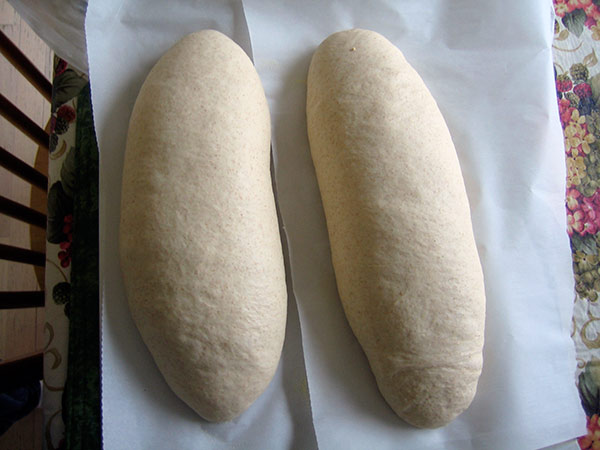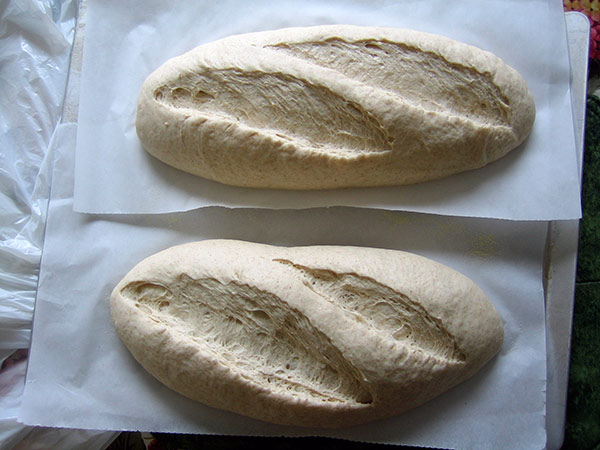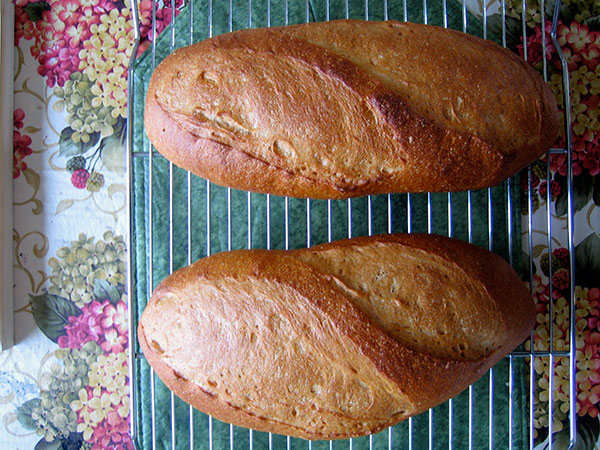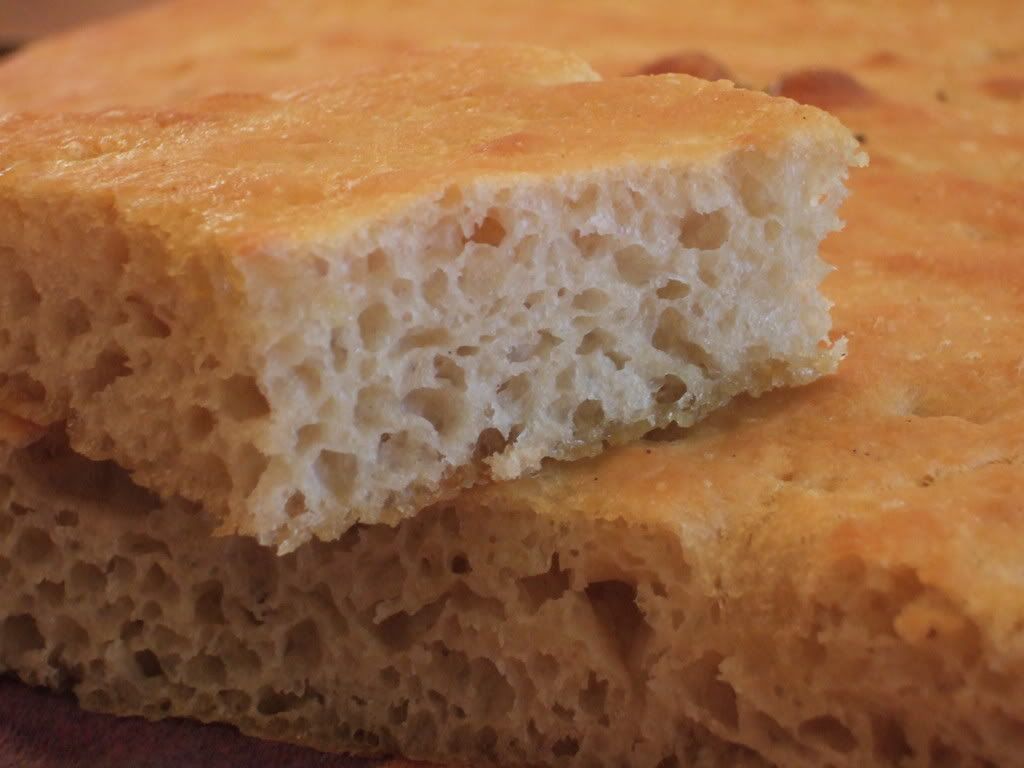Spelt & Quinoa bread
I made this bread with a white leaven, elaborated to a starter, which was pre-fermented for 12 hours.
The finished dough had 108% pre-ferment starter, 30% wholemeal Spelt flour, 70% white bread flour and 75% hydration.
The flour and water were left to autolyse in the fridge for 12 hours before the starter, salt and a cold soaker of quinoa (I didn't weigh it so I don't know the percentage) were added and mixed.
- Log in or register to post comments
- 3 comments
- View post
- Bushturkey's Blog
 [/center]
Because there was enough dough for two loaves, I decided to make one as a roll and braid the other one without filling it.
We really love this bread. And we really loved how much oven spring there was.
[/center]
Because there was enough dough for two loaves, I decided to make one as a roll and braid the other one without filling it.
We really love this bread. And we really loved how much oven spring there was.







